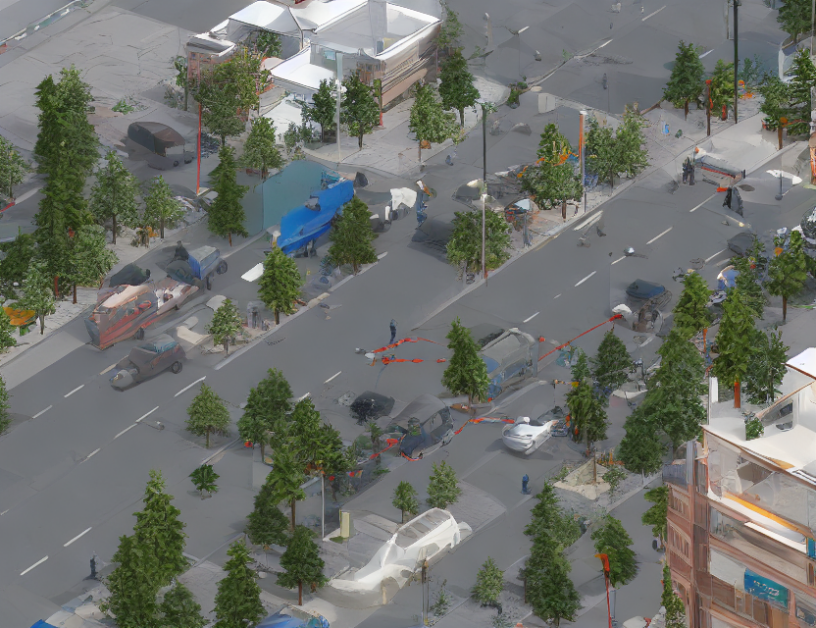In recent years, there has been a shift in the field of computer vision from using convolutional neural networks (CNNs) to vision transformers (ViT). This change is largely due to the success of CNNs in solving many tasks, but also because ViTs have shown promising results and offer some advantages over CNNs.
The key innovation of ViT is the multi-head attention mechanism, which allows it to model long-range dependencies in a more efficient manner than CNNs. This is especially important for tasks like image classification, where the relationships between different parts of an image are crucial.
One of the main advantages of ViTs over CNNs is their ability to handle input images of any size without losing performance. This is because the self-attention mechanism in ViTs allows it to focus on different parts of the image regardless of their position or size. In contrast, CNNs are designed to process images of a fixed size, which can limit their ability to capture long-range dependencies.
Another advantage of ViTs is that they do not require any predefined spatial hierarchies or receptive fields like CNNs do. This means that ViTs can handle complex scenes with multiple objects and relationships more easily than CNNs.
However, one of the main limitations of ViTs is their computational cost, which is higher than that of CNNs. This is because the attention mechanism in ViTs requires more computations than the convolutional operations used in CNNs. But this limitation can be mitigated by using faster hardware or by developing more efficient algorithms for attention computation.
In conclusion, while CNNs have been successful in solving many computer vision tasks, ViTs offer a promising alternative with several advantages, including their ability to handle input images of any size and their ability to capture long-range dependencies more efficiently than CNNs. However, the computational cost of ViTs is currently a limiting factor, but this can be addressed by advances in hardware or software.
Computer Science, Computer Vision and Pattern Recognition
Improving Object Detection with Efficient Attention Mechanisms: A Comprehensive Study



